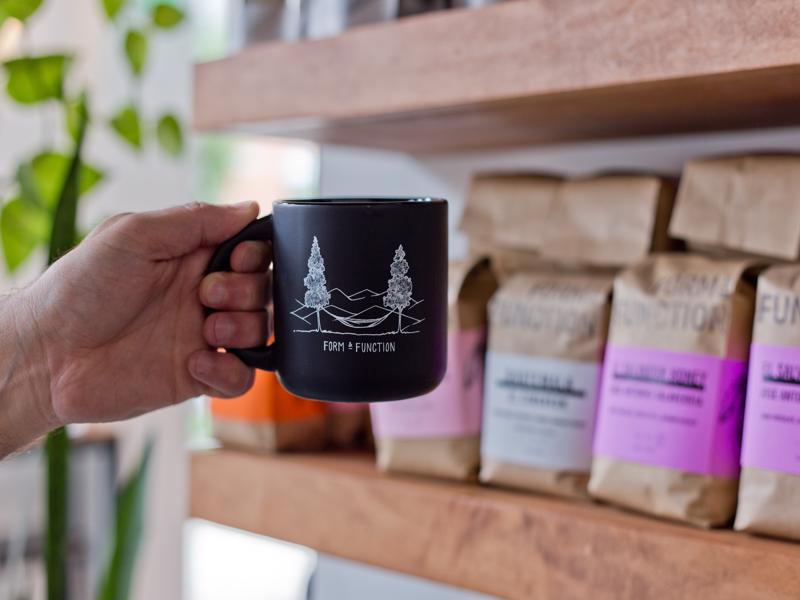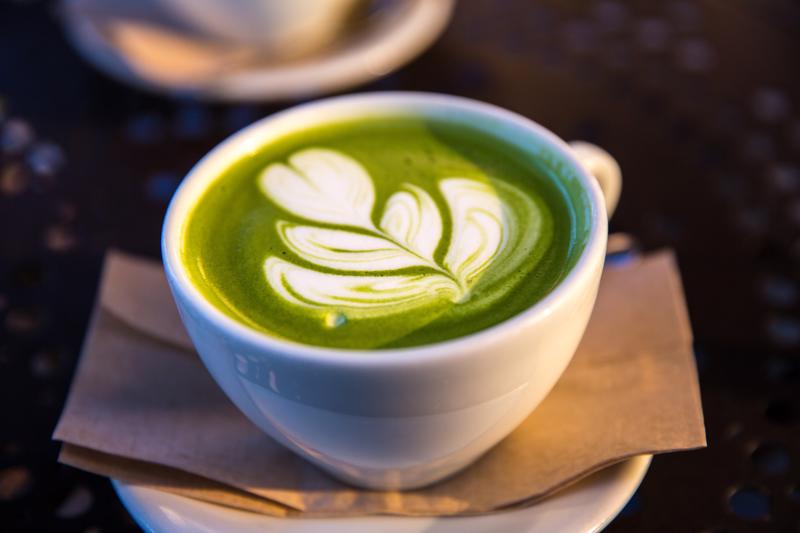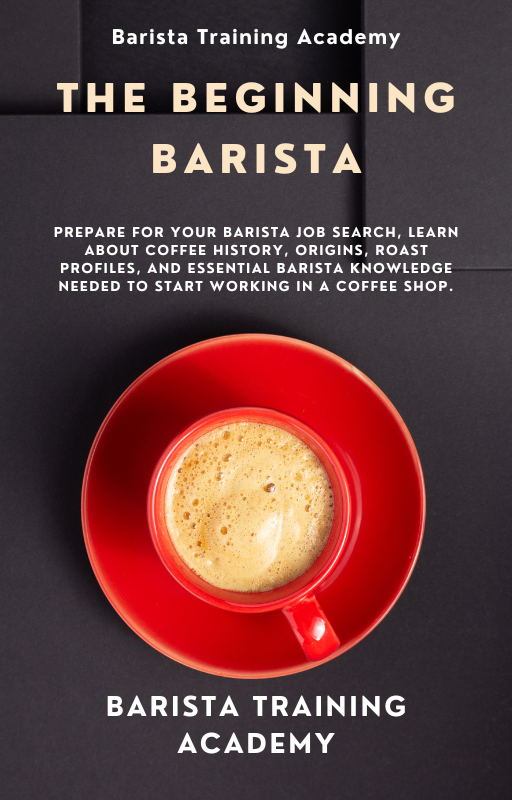Learning about non-coffee beverage options
Top 10 Non-Coffee Beverage Options For Your Coffee Shop
During your barista training, you will be making a variety of drinks – in addition to coffee.
While espresso-based drinks will require the bulk of your barista's attention, there will be other non-coffee beverage options that you will need to learn how to make.
This is where your barista training and knowledge come in.
It's not uncommon for customers to consciously decide on reducing their caffeine intake. Often, they might be “coffeed out.”
There is generally a strong demand for non-coffee beverages. Therefore, it's no secret why many customer-focused coffee shops offer decaf coffee and plenty of non-coffee beverage options.
Variety is the spice of life, as they say, and as a barista, you will want to offer new beverage options for your customers.
Non-coffee beverage options
Top 10 Coffee Alternatives For Your Coffee Shop
1. Cider / Hot apple cider
Who doesn't love hot apple cider on a cool autumn day or a blistering winter morning? But, of course, it's also a refreshing option in the summertime too.
What's great about cider is that it can be consumed hot and cold. In the summertime, cold apple cider sourness is refreshing and delightful; in winter, nothing can be better than a cup of hot apple cider to warm yourself up.
Hot Apple Cider Recipe: Pour apple cider and a portion of syrup (the one you or your customer prefers) into a clean milk pitcher. Add cinnamon, orange and lemon peel, cloves, berries like cranberries or blueberries, or a teaspoon of a spice mix. Heat everything with the help of an espresso machine steam wand. Serve hot.

2. Caffeine-Free Teas
Generally, many regular leaf teas contain plenty of caffeine – sometimes even more than coffee itself! Some well-known tea varieties are essentially caffeine bombs, for example, Assam tee, Oolong tea, or Yerba mate tea.
Herbal teas contain zero caffeine because they are produced from plants that are not a tea variety (Camellia Sinensis), namely from chamomile, peppermint, lemongrass, jasmine, ginger, hibiscus, Echinacea, etc. All these plants have their own exceptional health benefits. For example, Echinacea is great for fighting off colds as it's an immune system booster. Chamomile is helpful for stress relief and to help aid with mild digestive conditions.
You might also find fruit teas like strawberry, apricot, passionfruit, blueberry, or other amazing tea blends in your coffee shop. Of course, decaffeinated teas are very common too. Another caffeine-free tea is Roobosh, which has a slightly sour fruity taste and amazing health benefits due to the high antioxidants.
We recommend experimenting with teas yourself. Try out a tea the next time you are in a café!
3. Decaf coffee
Decaf coffee is a “must-have” for any coffee shop. This is especially true if you are open in the afternoons and evenings. Often, customers want to enjoy coffee without getting too jittery or irritable from coffee.
What is decaf coffee? All coffee beans start with a jolt of caffeine. In order to decaffeinate the beans, the beans are soaked in organic solvents or water. These methods allow removing up to 99% of caffeine while preserving essential coffee characteristics like flavor, aroma, and strength.
Of course, the process changes the taste of the coffee. Nevertheless, as a barista, you brew decaf coffee exactly how you prepare regular coffee.
4. Chicory
Many coffee shops in New Orleans have a tradition of serving chicory in their coffee. For me, it's an acquired taste.
Chicory coffee has an herbal origin since chicory is a plant. Chicory roots are roasted and grounded up (similar to coffee beans) and then brewed with hot water or milk.
The unique taste slightly resembles coffee (sort of), but it's described as bitter and has some licorice, caramel, and nutty notes. Chicory is commonly known for several health benefits: it has been known to help with weight loss, maintain healthy kidneys, digestive system, treat autoimmune conditions.
Beware: Chicory might also have side effects like allergies, so make sure your customer knows what they're getting before you serve it.
Chicory Latte Recipe: Add two teaspoons of chicory into a cup. Steam the milk how you usually do to prepare a latte. Pour some hot milk onto the chicory grounds and stir it. Pour the rest of the milk into a cup and finish with a lovely heart design or sprinkle some cinnamon on top.
5. Chai Tea
Yum! Chai tea or Masala chai is a hot beverage made from water, black tea, milk, sugar, and Indian spices like cardamom, cinnamon, cloves, ginger, anise, and peppercorn.
Since there's only little black tea in the recipe, it contains a tiny amount of caffeine, about three times less than coffee. In addition, today, you can buy tea mixes and concentrates that make it faster and easier to brew in a coffee shop environment.
Chai Latte Recipe: Add two teaspoons of chai mix into a cup and about half a cup of hot water and stir it all together. Froth your milk with an espresso machine steam wand and pour the milk into the hot mix.
Non-coffee beverage options continued
6. Kombucha
Kombucha is among the most popular non-coffee options. It is a fermented drink made of black tea, sugar, and a “mushroom.” It is usually served cold and bottled and is super refreshing in the summertime.
Its taste resembles apple cider due to a similar fermentation process. Pure kombucha is a little tart and sweet. Today this drink comes in various flavors: ginger, lemon, peach, grapefruit, etc.
7. Milkshakes
Who doesn't love milkshakes! Milkshakes are a favorite drink for kids from 1 to 99 years old. You can get as fancy as you want, but the basics are that milkshakes are often made from milk, ice cream, and syrups.
Sample Milkshake Recipe: Take four scoops of ice cream, 1/4 cup of cold milk, a portion of syrup, or fresh fruit, blend them in a blender. Pour the mixture into a cup and garnish it with whipped cream, sprinkles, or marshmallows.
8. Milk Steamers
Steamers are great options for kids who visit coffee shops with their parents. This drink is made of steamed milk and syrup.
Milk Steamer Recipe: Add low-fat milk or milk alternative (soy, almond, or rice) and 1.5 oz. of any flavored syrup into a pitcher. Steam the milk to be 120°F (50°C) or below. This temperature is probably safe enough for children (ask parents how hot they want it before serving). Optionally you can add a dollop of whipped cream on top.

9. Matcha Tea
You have probably seen those amazing Instagram pics with matcha green tea latte art!
Matcha is recognizable by its bright green color. Today, this product is on the rise, and it's being added to ice-creams, smoothies, cakes, and any number of food and beverages!
Matcha is made from green tea leaves that have been dried and ground into a powder. It has a very distinct and complex taste – herbal with light bitterness.
Once you try it, you can't confuse it with anything else. Matcha has all the benefits of green tea multiplied by two due to the increased amount of antioxidants.
As a barista, you should remember that matcha has a lot of caffeine, but its effect is reduced by a high concentration of theanine, known for the stress-relieving and relaxing effect. It's also known to be a great natural detoxifier that lowers cholesterol levels and prevents aging.
Matcha Latte Recipe: Add one teaspoon of matcha powder into a cup, pour some hot water on top to dissolve the powder. Stir them together with a stirrer. As usual, steam whole milk or milk alternatives and pour them into the mix, creating an excellent tulip latte art design.
10. Hot Chocolate
Hot chocolate is a favorite wintertime (or any time) beverage for many people looking for something comforting, sweet, and soothing.
It's usually made from milk and any chocolate product, such as chocolate syrup or chips.
Hot chocolate recipe: Add about 0.5-1.5 oz. of chocolate sauce into a cup. Steam your milk in a pitcher. Add a little amount of hot milk to the chocolate and stir well. Then pour the rest of the steamed milk.
Non-Coffee Options – Learn How To Make Them
As a barista, you will need to get familiar with many drink recipes beyond the primary espresso drink menu.
Our affordable barista course offers you plenty of helpful barista tips and tricks on how to write your barista resume, prepare for your barista job search, and brew the most amazing coffee drinks.
Currently, we offer a comprehensive barista training guide that covers everything you need to know to get started with your barista career.

Brought to you by Barista Training Academy, “The Beginning Barista,” Your Ultimate Prep Guide to Getting Your First Job as a Barista” is an ultimate resource that is available online. It is affordable for anybody who is looking to start a career in the coffee industry. For more information, visit our blog.
